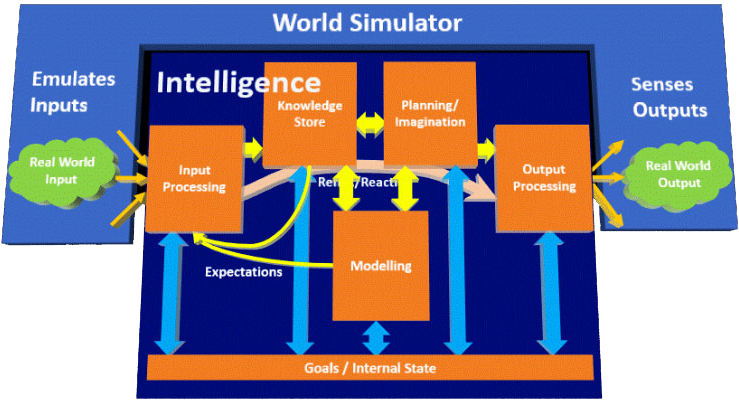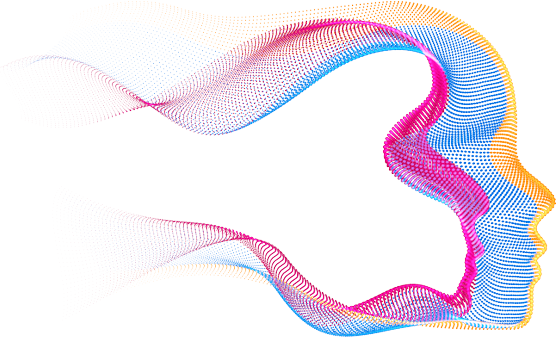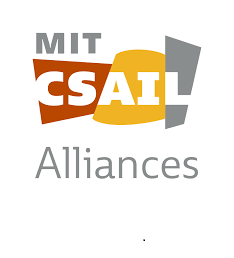The project for creating Artificial Common Sense
Preview Now Available!
An end-to-end Common Sense laboratory.
Focused on the Universal Knowledge Store (UKS) which is a high-performance relational knowledge system representing our best approach to creating common sense. The UKS may be a roadmap for the way large portions of the human brain work.
Brain Simulator III is intended to create an end-to-end system with modules for vision, hearing, robotic control, learning, internal modeling, and even planning, imagination, and forethought. The incremental development strategy is creating the simplest ideas first.
Common Sense relates to interaction with the real world as well as verbal and factual comprehension. Brain Simulator III development is centered on adding Common Sense to a robotic/artificial entity called “Sallie.” Play the video to learn more and see Sallie in action.
Block diagram of the Brain Simulator III featuring the Universal Knowledge Store (UKS).


Block diagram of Sallie’s simulated world and how the UKS can implement facets of Common Sense.
Coming Soon:
- A “Decision” system which stores information on how a situation and an action can lead to a new result. A Common Sense system will use this to decide the best thing to do or say next.
- A “Retention Learning” system which stores all of its sensations in the UKS and immediately prunes away information which proves to be irrelevant or erroneous. This leaves a UKS with useful information.
- A “Verbal” system which isolates words and phrases (sequences) from the abstract Things they mean. This would allow for ambiguity, idioms and redundancy in the input and output language. Any abstract Thing could be referenced by any number of word and phrase Things and a confidence system would sort out the most likely meanings.
- A “Vision” system which would store images of sequences of graphic primitives and perform recognition by visual input and learning new abstract physical objects.
- A “Mental Model” which would keep track of surrounding objects to allow for an understanding of three dimensionality and object persistence.



